Cargando 0%
Cargando 0%
UTalca researchers discovered properties of the Penicillium chrysogenum and Penicillium brevicompactum fungi species found in the roots of two native plants of the white continent.
16 Marzo 2020
In the summer of 2017, thousands of hectares of forest were burned as a result of wildfires affecting the southern central zone of Chile, and specifically the Maule Region. One of the affected species was the Ruil (Nothofagus Alessandrii), an endemic Chilean tree mainly found in the Coastal Mountain Range of Maule.
Researchers from the Laboratory of Plant Ecology of the University of Talca, led by the Academic Vice President, Marco Molina Montenegro, have been working for 10 years with two plant species– – Colobanthus quitensis and Deschmapsia antarctica – that they bring back each summer after participating in the Antarctic campaigns, which transfer hundreds of scientists to the frozen territory to conduct research. The fungi Penicillium chrysogenum and Penicillium brevicompactum can be found in these plants.
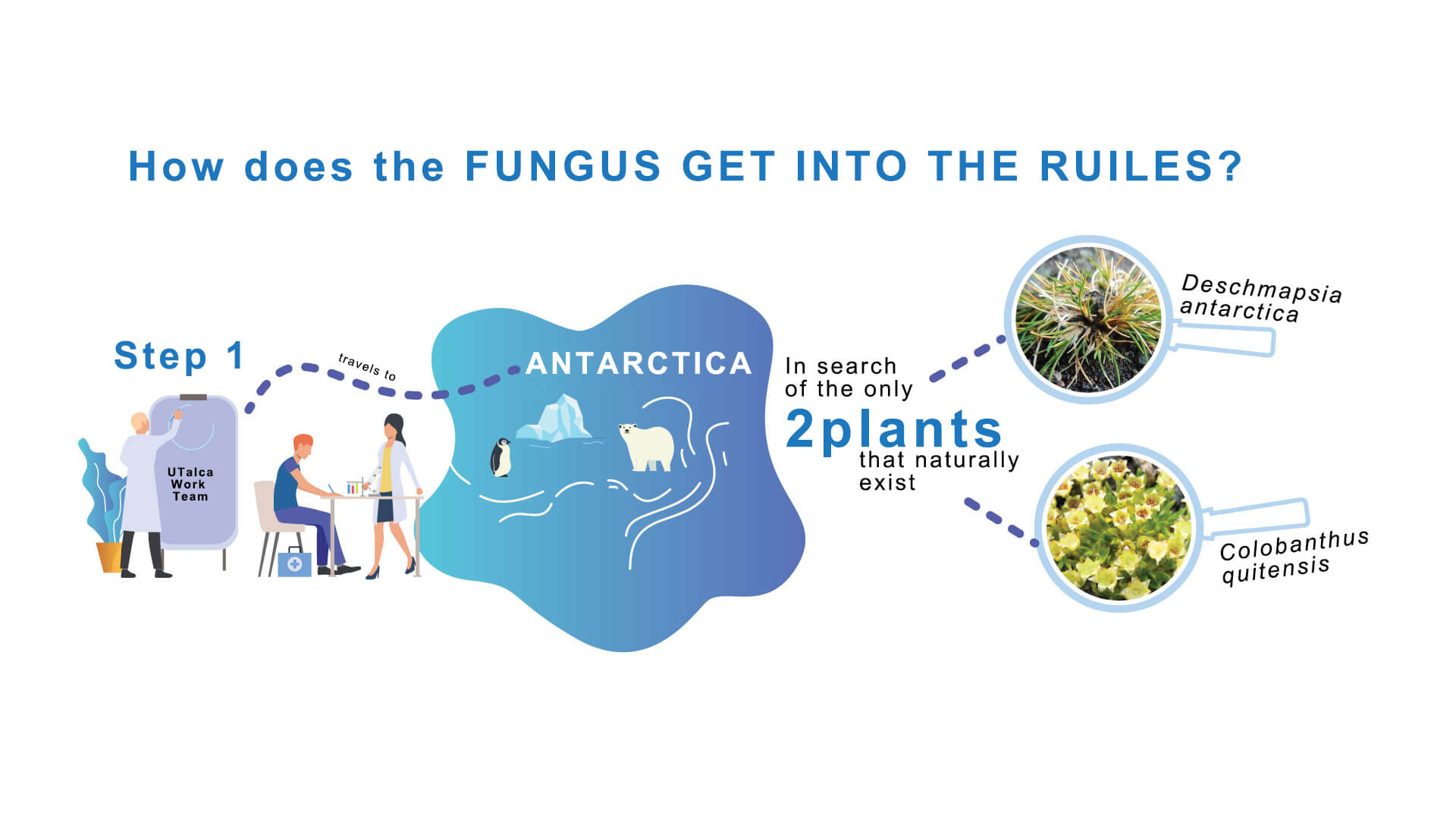
Thus far, researchers have concluded that both species have the unique characteristic of generating positive effects on the plants with which they are associated. “We have seen, among both native trees and commercial plants, that these fungi would help them respond better to various environmental stresses,” said Andrea Barrera, a student of the Doctorate in Sciences with a major in Plants Genetic Engineering at UTalca and microbiologist of the Laboratory of Plant Ecology.
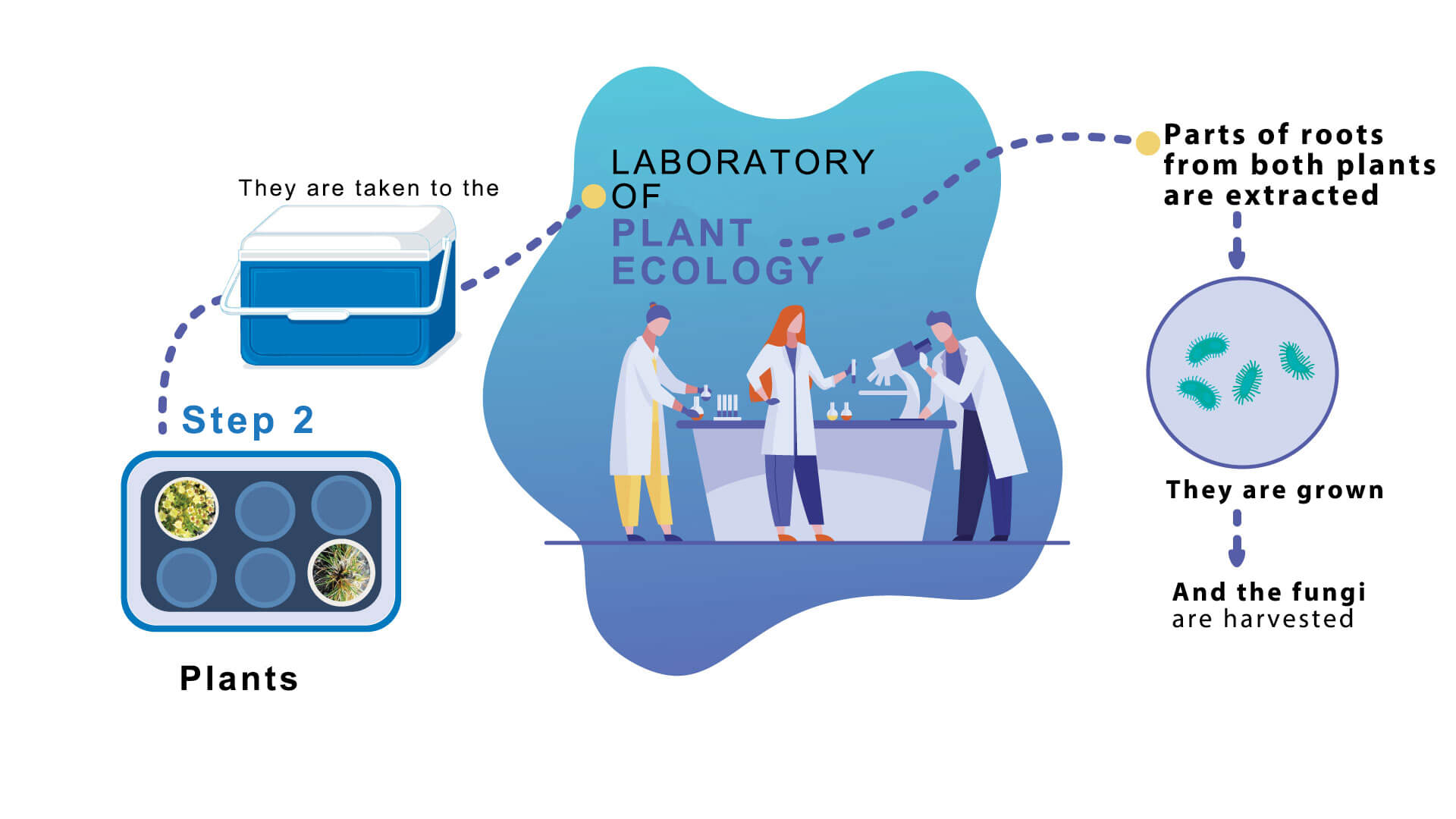
Intervention
During one year, 100 Ruil trees were watered with a preparation containing the Antarctic fungi and the result found that this species is able to improve the efficient use of water when it is in the presence of such fungi, since they improve the photosynthetic rate and help the plant respond better when facing climate stress. In addition, it was observed that inoculated trees respond better, reaching a 50% survival rate, compared to those that are not interacting with fungal endophytes, which did not exceed a 5% survival rate after a year.
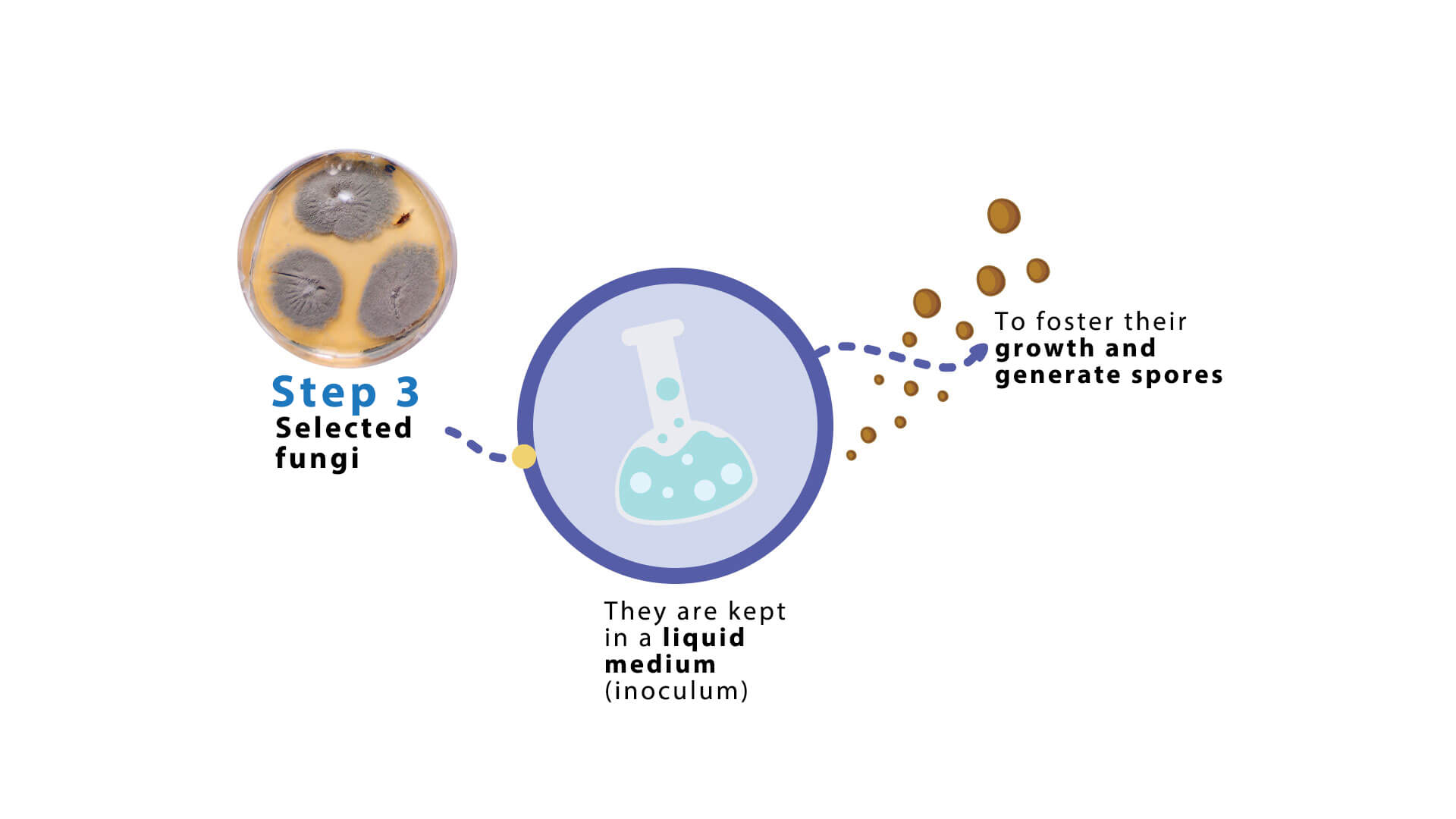
“From an ecological, conservation, and economic perspective, these conclusions are of paramount importance, mainly because all restoration strategies are quite unsuccessful. Therefore, the intervention that can be carried out during the first year after a fire is key, because during that first year the loss rate is very high, approximately 90%, and it is also a very expensive process. Therefore, having ecological alternatives that can help solve this problem is very positive, and that is what we continue working on.” Barrera adds that due to the high rate of wildfires and drought, this could be replicated in a subsequent restoration process for soils or native trees that are currently being affected by flames.”
The researcher explained that “extreme environment microorganisms, such as those associated with the roots of Antarctic plants, have been shown to be good partners not only for increasing the yield of crop plants, but also for restoring endangered native plants. Our results suggest that the studied consortium of Antarctic fungal endophytes can be used as a biotechnological tool for the restoration of endangered trees.”
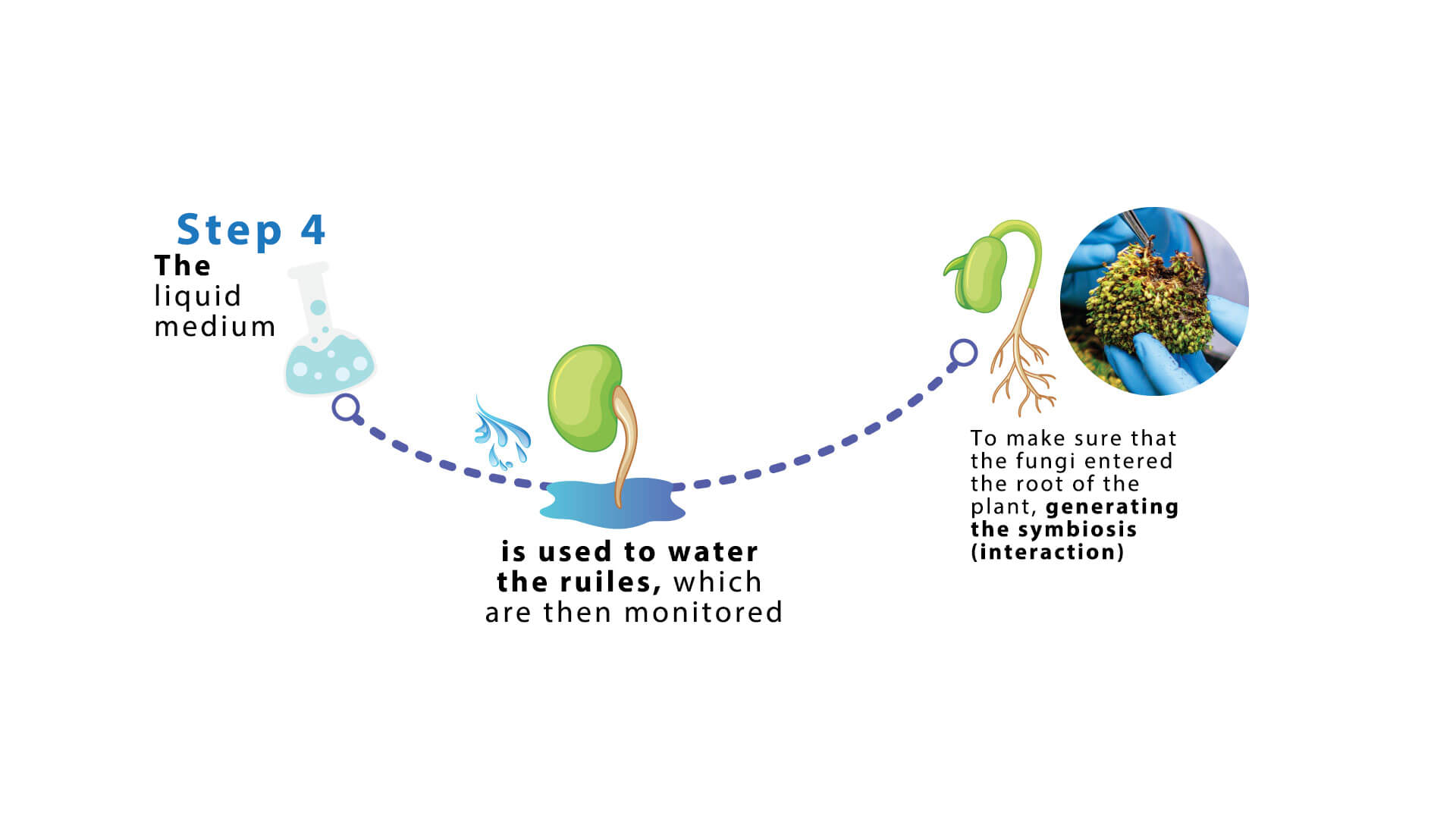
Decades for recovery
This research is of great relevance in the current context when forests are once again being affected by wildfires in addition to climate change. The professor of the Geomatics Center of the University of Talca, John Gajardo, has followed closely what has happened in the Maule region during this summer season, where 13,300 hectares have already been consumed by fire in the area of Agua Fría, in Molina, and another 107 hectares have been burnt in the vicinity of the coastal city of Constitución.
The recovery of the native forest in the areas affected by wildfires the Maule Region could take decades, according to Gajardo: “We are talking about at least 30 to 40 years for a native ecosystem to regain the same structure it had when it was burnt. It can even take up to 50 years. It is not the same as a plantation, which can be planted and after 12 years it is ready to be cut,” he said.
He added that there is consensus within academia that fires with these characteristics cause destructive damage in their natural environments, such as native forests, pastures, and shrublands, unlike what occurs with pine or eucalyptus plantations. “The current situation is worrisome. We are in the middle of the fire season and we find focal points, such as those in Agua Fría and Constitución. We are at the peak, with high temperatures, extreme drought, and the susceptibility of vegetation to fire. The fire season has been prolonged due to climate change. We have fires of these characteristics from October through even May,” stressed the professor.
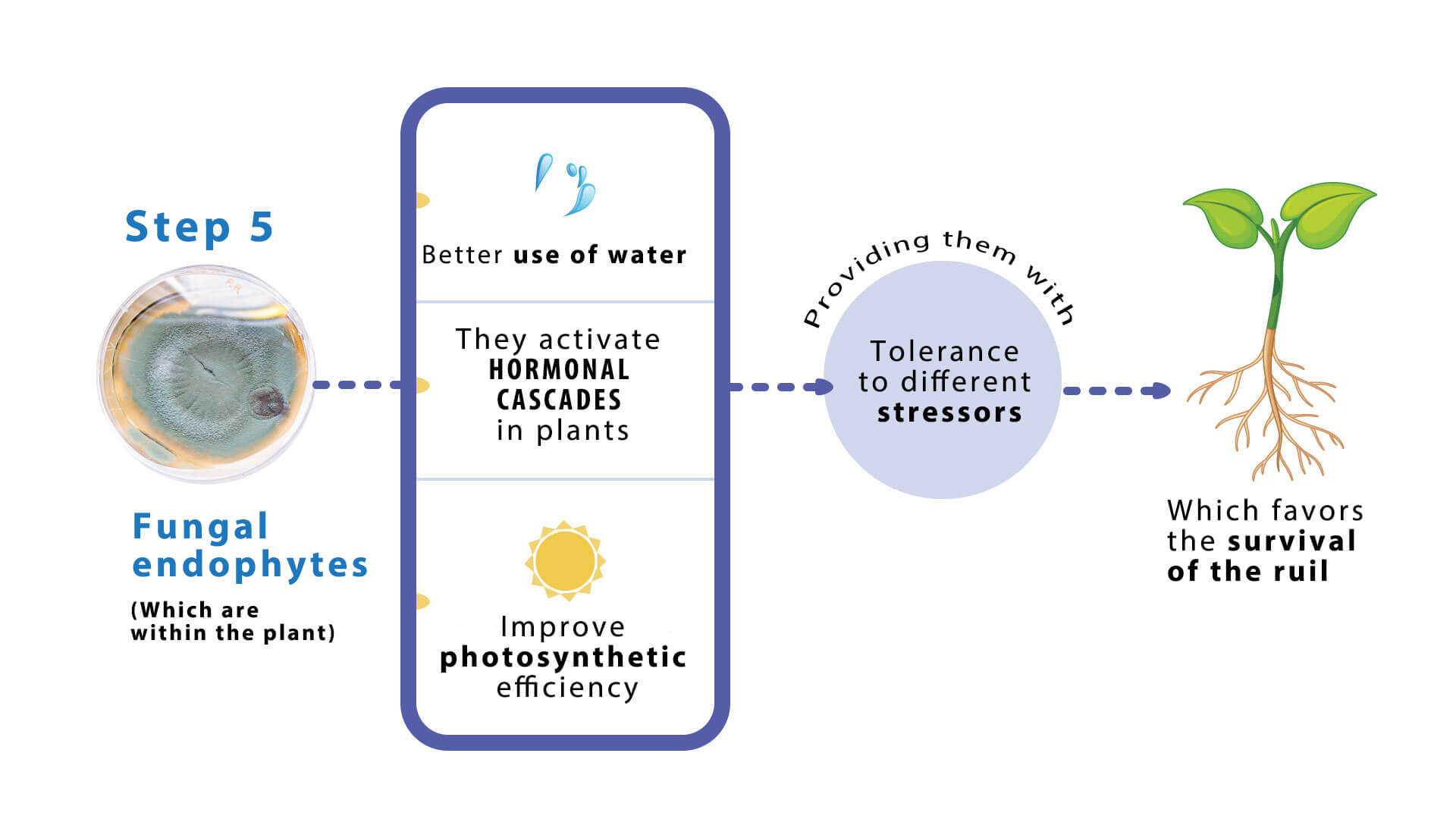
10 years working with Antarctic plants
The researchers not only conduct research on the connection between Antarctic plant fungi and the recovery of endangered native forests affected by disasters such as wildfires. Ten years ago, the team led by professor Marco Molina Montenegro started bringing various species to the university’s Laboratory of Plant Ecology and began isolating fungi to study their properties.
After finding that they had positive effects on the production or tolerance to adverse conditions, such as water or salinity stress, of tomato and lettuce plants, the scientists thought about the possibility of using them in other contexts and treated the 100 Ruil trees, an endangered species that was badly affected after the 2017 fires.
At the end of one year of trials, it was found that most trees die with conventional protocols, which in ecological and economic terms have very high impacts and costs. In contrast, with the incorporation of this strategy, a 50% survival rate was observed during that same year.